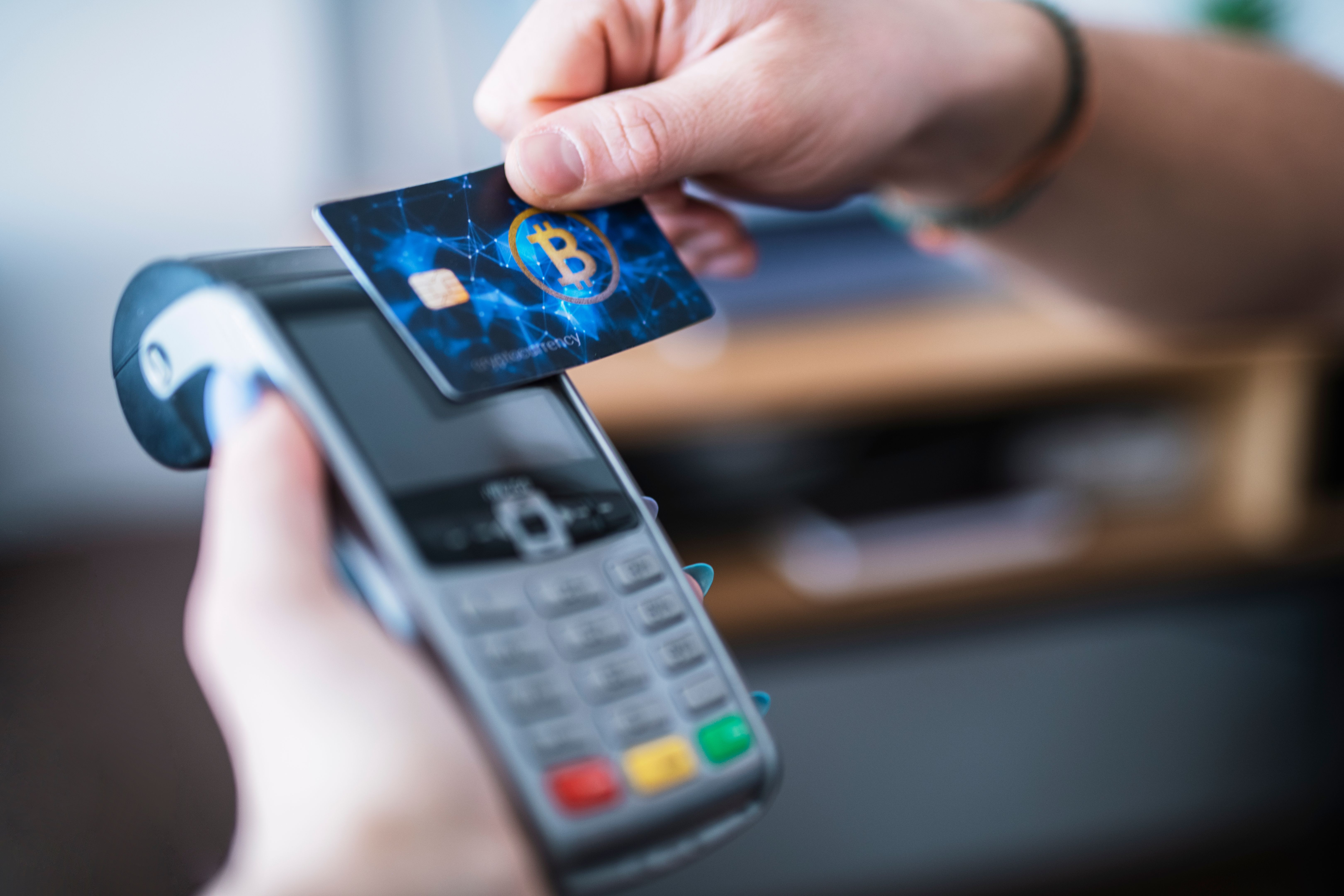Understanding Payment Crypto Cards: A Modern Financial Tool
DM
Introduction to Payment Crypto Cards
In the ever-evolving world of finance, payment crypto cards have emerged as a modern tool that bridges the gap between traditional currency and digital assets. These cards function similarly to conventional debit or credit cards, allowing users to make transactions using cryptocurrencies like Bitcoin, Ethereum, and more. With the increasing popularity of digital currencies, understanding how these cards work is crucial for anyone interested in modern financial tools.

How Do Payment Crypto Cards Work?
Payment crypto cards operate by linking to a digital wallet containing your cryptocurrency holdings. When you make a purchase, the card automatically converts the required amount of cryptocurrency into fiat currency, such as dollars or euros, to complete the transaction. This seamless conversion allows users to spend their digital assets in any establishment that accepts traditional card payments.
One of the main benefits of these cards is their ability to provide instant liquidity. Unlike traditional methods of converting crypto to cash, which can be time-consuming and complex, payment crypto cards offer immediate access to funds. This feature makes them highly attractive to individuals who want to leverage their crypto investments for everyday purchases.
Benefits of Using Payment Crypto Cards
The advantages of payment crypto cards extend beyond convenience. Here are some key benefits:
- Global Acceptance: Since these cards are tied to major payment networks like Visa and Mastercard, they can be used at millions of locations worldwide.
- Security: Crypto transactions are secured by blockchain technology, offering a high level of protection against fraud.
- Rewards: Many crypto cards offer rewards programs that give users cashback or crypto rewards for their spending.

Challenges and Considerations
While payment crypto cards offer numerous benefits, there are also challenges to consider. One major concern is the volatility of cryptocurrencies. Due to fluctuating values, the amount of fiat currency you receive in exchange for your crypto can vary significantly. This volatility can affect budgeting and financial planning.
Additionally, not all payment crypto cards are created equal. Fees can vary widely between providers, with some charging transaction fees, withdrawal fees, or monthly maintenance fees. It is important for users to thoroughly research and compare different options before committing to a specific card.
Choosing the Right Payment Crypto Card
Selecting the right payment crypto card requires careful consideration of various factors. Here’s a checklist to guide your decision:
- Supported Cryptocurrencies: Ensure the card supports the digital assets you hold.
- Fees and Charges: Compare the fee structures of different cards.
- Rewards and Benefits: Look for cards offering rewards that align with your spending habits.
- User Experience: Consider the ease of use and customer support offered by the provider.

The Future of Payment Crypto Cards
The future of payment crypto cards looks promising as more people embrace digital currencies. Innovations in blockchain technology and increased adoption by retailers will likely enhance the functionality and acceptance of these cards globally. As regulatory frameworks evolve, users can expect more robust protections and standardized practices in the industry.
In conclusion, payment crypto cards represent a significant advancement in financial technology, offering a convenient and secure way to integrate cryptocurrency into everyday transactions. By understanding their benefits and challenges, users can make informed decisions about incorporating this modern financial tool into their lives.
